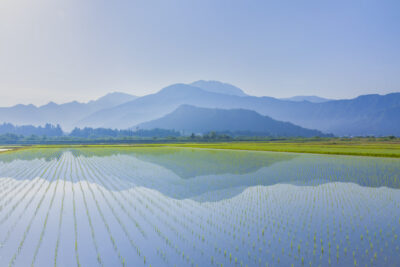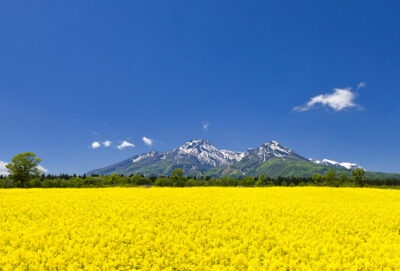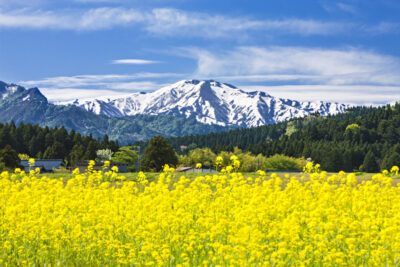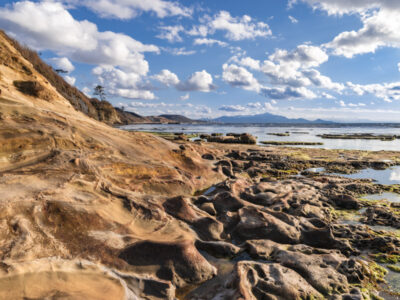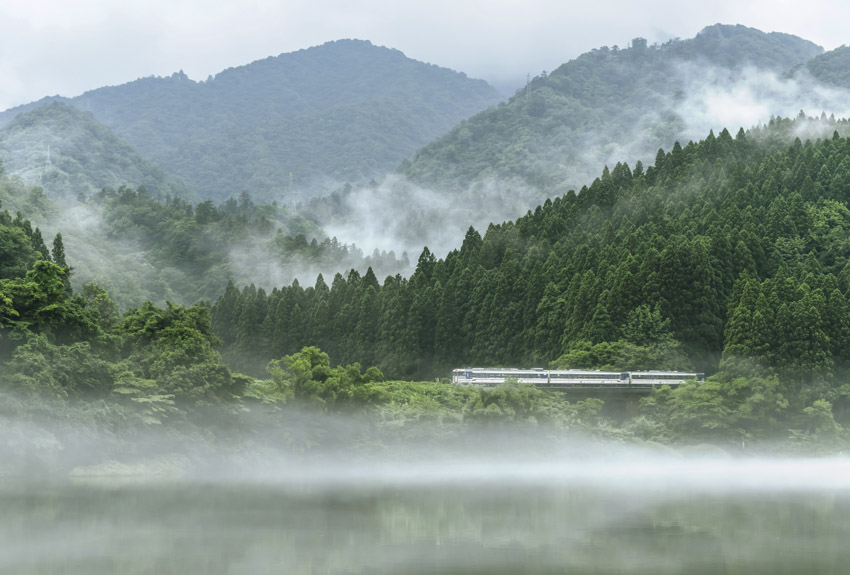
阿賀野川は水量が豊富で、日本でも有数の流量を誇る一級河川です。福島県との県境から平野部に出る手前の山間部では、しばしば霧が発生します。この美しい渓谷について、かつてこの川を下って新潟へ向かったイザベラ・バードは、著書『日本奥地紀行』の中で「ライン川にもまさって美しい」と記しています。ヨーロッパの風景と比べて日本の木々の緑が一層豊かなことも、その理由の一つでしょう。現在でも阿賀野川ラインは、日本の他の渓谷と比べて緑が特に豊かだと感じます。
余談ですが、「阿賀野川ライン下り」の「ライン」という言葉は、ドイツのライン川下りに由来しているそうです。
当時は、津川から新潟まで舟運が盛んで、生活物資や荷物を運ぶ船が行き交っていました。現在のように陸上交通が主流となった今と比べると、人々がいかに川に頼って生活していたかが興味深いものです。
この日は、梅雨の湿度の影響で発生した霧が水面を漂い、国道の向かい、左岸には磐越西線が森の中を縫うように走っていました。
The Agano River is a first-class river with abundant water volume and one of the largest flows in Japan. In the mountainous area just before it reaches the plains at the border with Fukushima Prefecture, fog often occurs. Isabella Bird, who once traveled down this river to Niigata, wrote in her book “A Journey in the Interior of Japan” that it was “more beautiful than the Rhine River.” One reason for this may be that the greenery of Japan’s trees is even more lush than that of Europe. Even today, the Agano River Line feels particularly lush compared to other valleys in Japan.
As an aside, the term “line” in “Agano River Line Cruise” is said to originate from the Rhine River cruise in Germany.
At that time, river transport was thriving between Tsugawa and Niigata, with ships carrying daily necessities and cargo coming and going. Compared to today, where land transportation is the main mode of travel, it is fascinating to see how people relied on rivers for their livelihood.
On this day, mist caused by the humidity of the rainy season drifted across the water surface, and on the opposite side of the national highway, the Banetsu West Line ran through the forest along the left bank.
PENTAX645Z 90mm 1/160秒 f:6.3
©️photo by Nakamura Osamu
